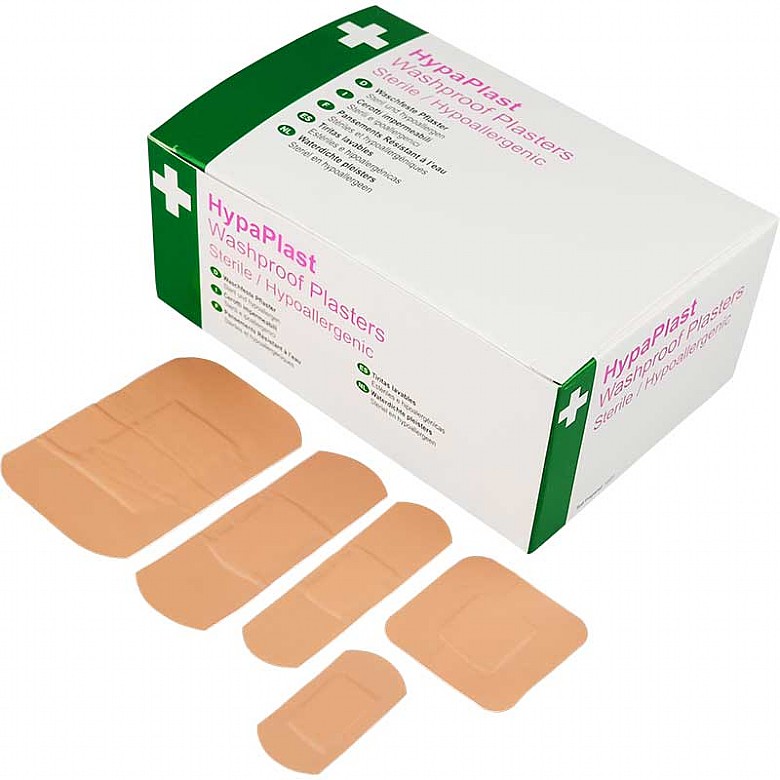
Gardening is a popular hobby that’s a great way to get fresh air and moderate exercise, improving your physical and mental health in the process. While most gardening projects go smoothly, it’s easy for an injury to occur if you’re not careful. Ensure you take the proper precautions to prevent yourself from getting hurt.
Treatments for gardening injuries

Gardening tools can be dangerous, and plants can have prickly spines that can cause injury and infection.
Treatments for splinters
Splinters are easily picked up while gardening from plant thorns or rough wood. They pose a high risk of infection, as organic plant material can carry a lot of bacteria. If you get a splinter, remove it carefully before cleaning the wound and applying a washproof plaster.How to safely remove a splinter:
- Clean a pair of fine-point tweezers using boiling water or a sterile moist wipe.
- Use the tweezers to pull the splinter out in the opposite direction from how it went in.
- Gently squeeze the wound so that blood washes out any debris that may remain inside.
- Clean the wound with soap and water or a sterile moist wipe.
- Dry the wound, cover it with a washproof plaster or sterile dressing, and monitor it for signs of infection.
Treatments for joint pain
Gardening for prolonged periods without breaks can lead to joint and back pain. Stretching regularly and changing activities throughout the day will help to prevent straining your joints and muscles.Most back pain is the result of muscle inflammation. It can, however, come from a slipped disk or sciatica – in these cases, you should seek professional medical advice.
First aid tips for back pain:
- Use an ice pack to reduce inflammation and soothe pain. Remember to cover your ice pack with a cold therapy sleeve to reduce the risk of injury. Cold therapy is effective for the treatment of acute injuries.
- Use a hot pack to relieve joint stiffness or muscle spasms. Heat therapy is effective for soothing sore muscles.
- Do stretches to relieve back pain.
Treatments for cuts and wounds
Minor injuries happen often while gardening, and we sometimes tend to leave them until we’re inside before we tend to them. Dirty tools, soil, gardening gloves and compost bags all carry bacteria that can cause infection in even the smallest wounds.Clean and cover wounds as soon as they happen. Clean your wound with soap and water or a sterile moist wipe from your first aid kit. Cover the wound with a washproof plaster or sterile dressing depending on its size. Wear clean gloves while you’re gardening to protect any cuts – or to prevent them from happening in the first place.
If you have a bigger cut or wound, clean it then apply pressure to slow the bleeding. Apply a sterile dressing and secure it in place with a conforming bandage. Monitor the wound and seek medical advice if there are no signs of improvement.
Regularly change the plaster or dressing to keep the wound clean and properly protected.
Beware the signs of infection:
- The area surrounding the wound is swollen and red, or feels warm
- The wound isn’t healing
- There is pus seeping from the wound
- You have a temperature or feel generally unwell
How to avoid accidents in the garden
Gloves for gardening
Full coverage protective gloves are a great way to prevent splinters and cuts while you’re gardening. Protective gloves come in many designs with various features – the kind you’ll need depends on the gardening jobs you’re doing. Thin, lightweight gloves work best for tasks that require sensation and dexterity like potting, weeding and planting. Heavy-duty gloves are essential when using tools or doing hard landscaping jobs.Eye protection for gardening
It’s important to protect your eyes while you’re doing bush cutting or strimming. Safety goggles are a great way to keep your eyes protected from gardening debris.Read our other blogs for more information on first aid or contact us for further advice and information on our products.
About the author:
Jo Stokes is a writer, marketer and trained first aider at First Aid Online.
Find out more about Jo.
By David Lyall
Explore more: Home first aid & safety





